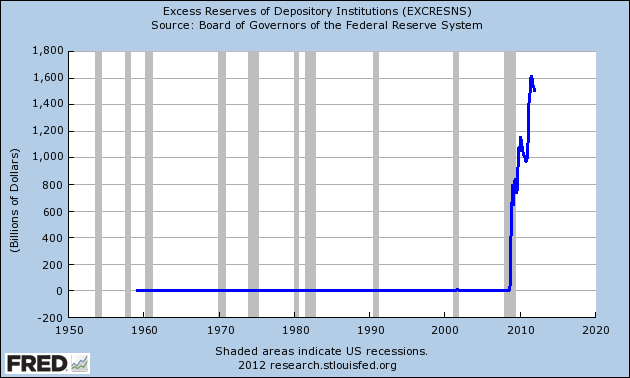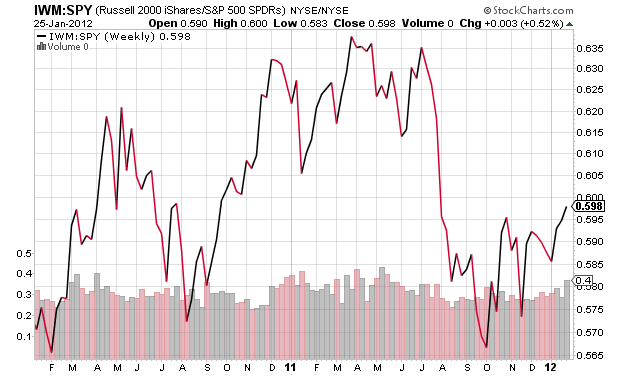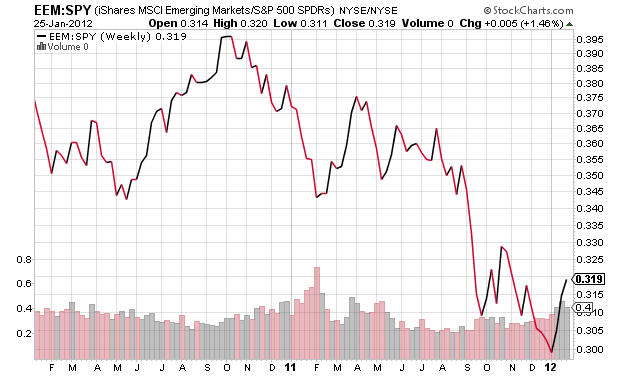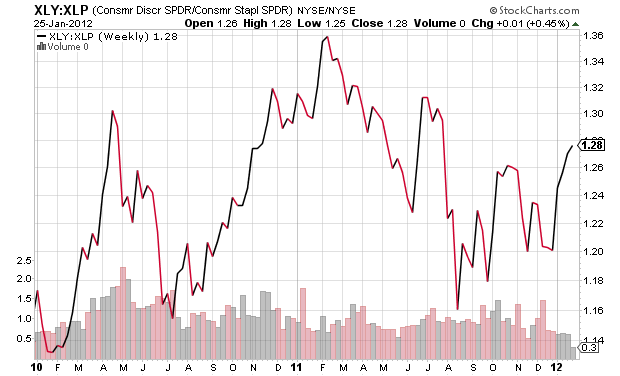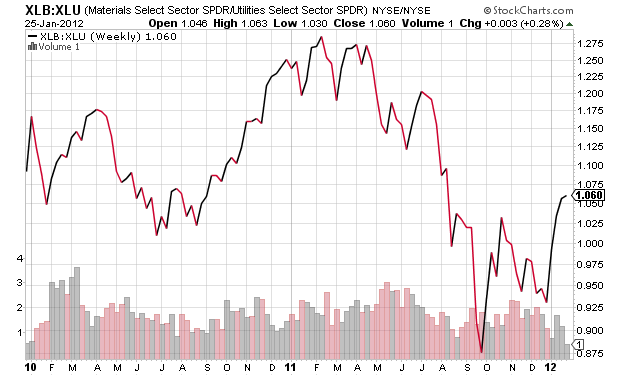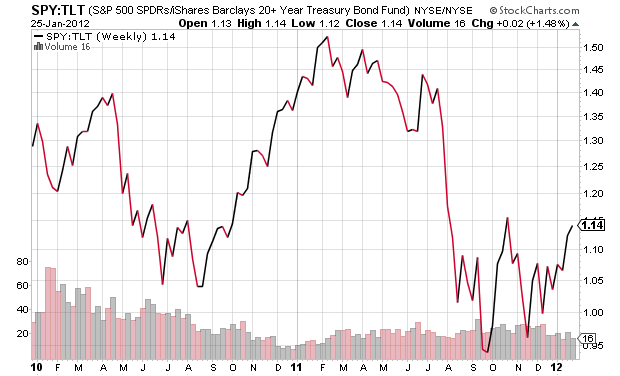1. People usually expect the future to be like the past and underestimate the potential for change.
2. When everyone believes something is risky, their unwillingness to buy usually reduces its price to the point where it’s not risky at all. Broadly negative opinion can make it the least risky thing, since all optimism has been driven out of its price.
3. In investing, as in life, there are very few sure things. Values can evaporate, estimates can be wrong, circumstances can change and “sure things” can fail. However, there are two concepts we can hold to with confidence: • Rule number one: most things will prove to be cyclical. • Rule number two: some of the greatest opportunities for gain and loss come when other people forget rule number one.
4. Very early in my career, a veteran investor told me about the three stages of a bull market. Now I’ll share them with you. • The first, when a few forward-looking people begin to believe things will get better • The second, when most investors realize improvement is actually taking place • The third, when everyone concludes things will get better forever
5. Investors hold to their convictions as long as they can, but when the economic and psychological pressures become irresistible, they surrender and jump on the bandwagon.
6. Even when an excess does develop, it’s important to remember that “overpriced” is incredibly different from “going down tomorrow.” • Markets can be over- or underpriced and stay that way—or become more so—for years.
7. If everyone likes it, it’s probably because it has been doing well. Most people seem to think outstanding performance to date presages outstanding future performance. Actually, it’s more likely that outstanding performance to date has borrowed from the future and thus presages subpar performance from here on out.
8. Our goal isn’t to find good assets, but good buys. Thus, it’s not what you buy; it’s what you pay for it.
9. There are two kinds of people who lose money: those who know nothing and those who know everything.
10. One way to get to be right sometimes is to always be bullish or always be bearish; if you hold a fixed view long enough, you may be right sooner or later. And if you’re always an outlier, you’re likely to eventually be applauded for an extremely unconventional forecast that correctly foresaw what no one else did. But that doesn’t mean your forecasts are regularly of any value
11. Surprisingly good returns are often just the flip side of surprisingly bad returns. One year with a great return can overstate the manager’s skill and obscure the risk he or she took. Yet people are surprised when that great year is followed by a terrible year.
12. Psychological and technical factors can swamp fundamentals. In the long run, value creation and destruction are driven by fundamentals such as economic trends, companies’ earnings, demand for products and the skillfulness of managements. But in the short run, markets are highly responsive to investor psychology and the technical factors that influence the supply and demand for assets. In fact, I think confidence matters more than anything else in the short run. Anything can happen in this regard, with results that are both unpredictable and irrational.
